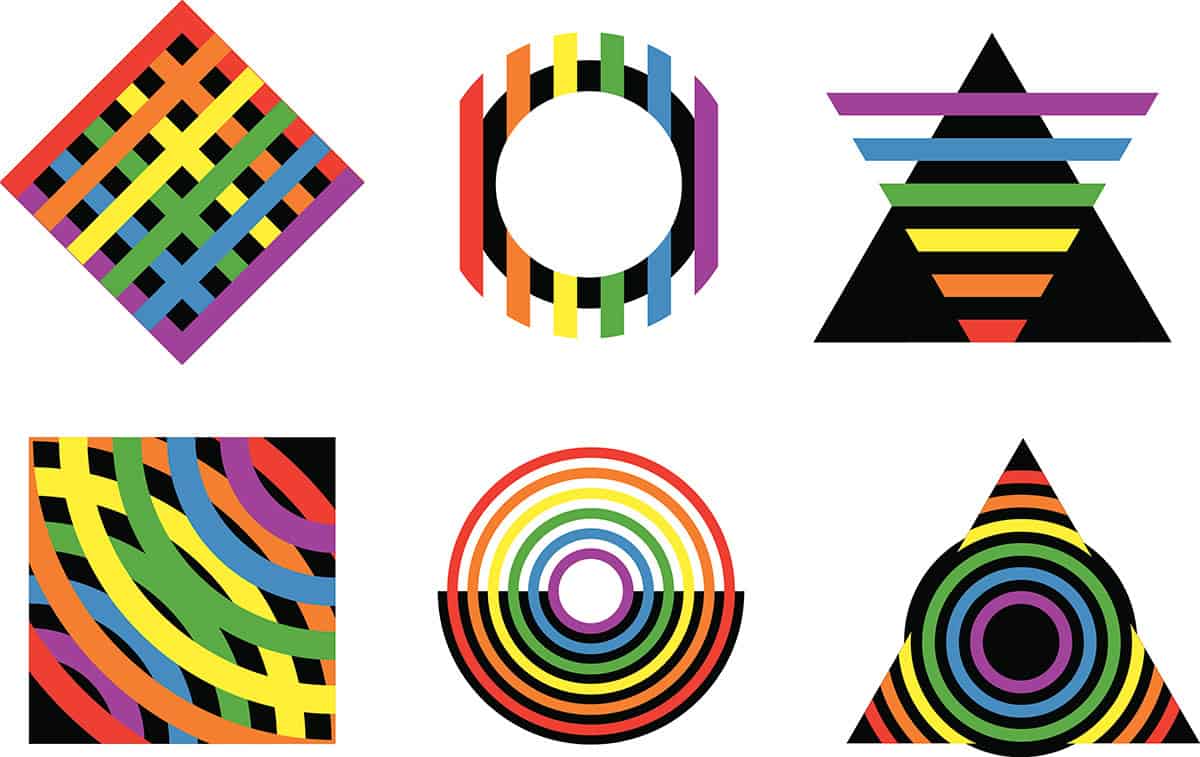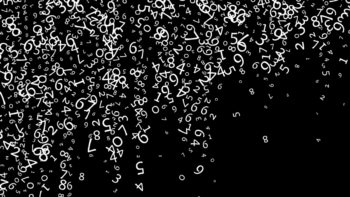Andrew Coe says that physicists need to be more open minded to help build an inclusive environment for people who identify themselves as LGBT+

Scientists are often driven by a need to classify the world around them. Physics can equip us with a broad range of concepts and analyses that ought, in principle, to make us open minded not just in terms of science but in our day-to-day lives too. Nevertheless, many physicists who identify as LGBT+ still face challenges based on their identity.
Gender and sexuality are no longer defined the moment a person is born or by the way they may look, and despite some presumptions, the two need not be correlated in any way. Today, the concepts of being lesbian, gay, bisexual and transgender are not only in the public consciousness but also increasingly accepted as a part of the norm, meaning that now is an exciting time to be openly exploring one’s own identity.
Less familiar are terms encompassed by the ‘+’ in LGBT+, which highlights the ever growing list of identities coming to prominence, including asexual, aromantic, pansexual, agender, non-binary and demisexual. As we come across more and more identities, it is clear that gender and sexuality, which one may assume are discretely quantized groups, instead lie in spectra on which different people place themselves and indeed may move across throughout their lives.
There is an analogy with the electromagnetic spectrum, which was built from the discovery of different forms of light such as visible, infrared and X-rays. These categories exist because of their construction within man-made boundaries as opposed to any physical boundaries, but we always know the spectrum is continuous. Likewise, with sexual or gender identity, the categories – gay, straight, male, female and so on – are in place for convenience and because of their historical foundations. In reality, a spectrum works as a much better model, but is often overlooked because most people tend to place themselves at one end or the other of these spectra. Coincidentally, the visible region ties in very neatly with the rainbow pride flag, a key symbol of the LGBT+ community.
A survey published in March 2016 by the American Physical Society – LGBT Climate in Physics – provides some insight into the current condition for LGBT+ physicists (see May 2016 p11). Notably, 20% of respondents stated that they had experienced exclusionary behaviour based on sexual/gender identity in the previous year, with about half having come “out” in the workplace. Somewhat alarmingly, 40% agreed with the statement that “Employees are expected to not act too gay,” demonstrating a culture that is far from entirely inclusive.
A fluid concept
Regrettably, several factors prevent a thorough analysis of the current opinions of LGBT+ scientists. Surveys, anonymous or otherwise, cannot account for those who remain firmly “in the closet” or who may feel unable to voice their actual opinions for fear of being “outed”. Furthermore, sexuality and gender identity are not necessarily static, but can be in flux throughout an individual’s life, meaning that these surveys may present only a snapshot of one moment in time.
It is no real secret that science, technology, engineering and mathematics (STEM) subjects are largely a straight, male-dominated environment. Few LGBT+ figureheads exist, and those who do are often remembered solely for their contributions to science rather than as a person. More recently, incidents where noticeboards for an LGBT+ group at the CERN particle-physics lab were vandalized shows a shocking lack of tolerance from some of the most brilliant minds in the field (see March 2016 pp31–36).
Larger companies and universities often have mandatory diversity training courses that bring these issues to prominence, but particularly in the STEM workplace, LGBT+ people feel under-represented and unable to bring their complete selves to work. Some would argue that your identity as a physicist should not affect your work since any fundamental physical concept will not be changed by the person investigating it. But we are not machine-like in our labour. If someone who is transgender uses the bathroom of the gender they identify with, say, and is regularly met with hesitant or even aggressive glances from colleagues, it will quickly have a negative impact on their work.
Inevitably there will be opposition to the idea of sexuality and gender as individual spectra. Indeed, as scientists it is to our advantage to be scrupulous with new ideas and to harbour a healthy level of scepticism. This is relatively harmless when a physical concept is being explored, but when this is being applied to the identity of an individual, much more is at stake.
If a heterosexual, cisgender (someone who identifies as the same gender they were assigned at birth) physicist were to claim that an asexual-panromantic-trans-man was statistically so rare that they probably did not exist, they would be denying an entire group of people their identity. If one person from this group comes forward and falsifies this theory, some scientists might claim that this person must be “confused” or “going through a phase”, as is so often presumed by those whose identity lies comfortably in the majority.
Even if we feel that we may have more impartial judgement as scientists given our skills for analysing and presenting data, social, political and religious concepts of sexuality and gender in such circumstances inevitably come into play. Crucially, people cannot be viewed as data. Despite the fact we may like to fully understand every aspect governing gender identity and sexual orientation, whether this is rooted in biology, psychology or something else altogether, it seems unlikely to me that we can possibly create a single system to successfully categorize a planet full of different people.
Our priorities lie not in finding an answer, but in amplifying the conversation about tolerance and openness to new or unfamiliar concepts. After all, is this not the mindset we already use in learning and exploring physics?



